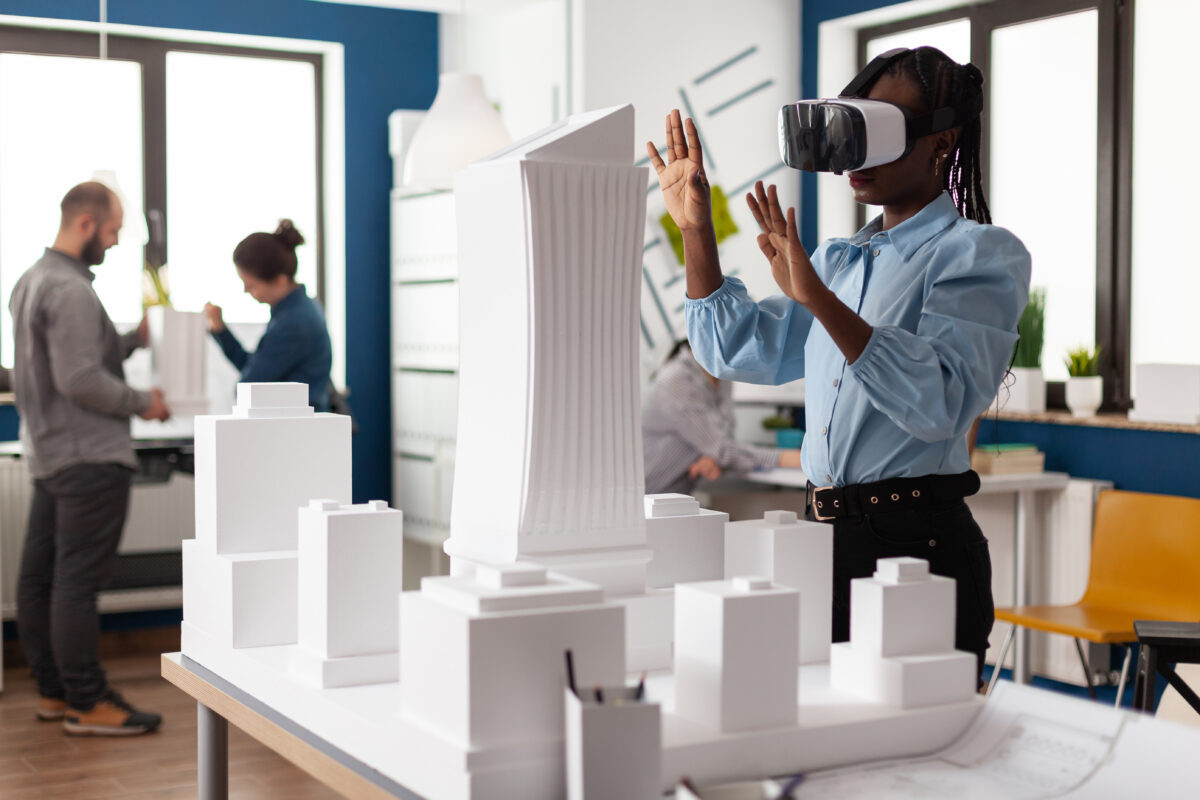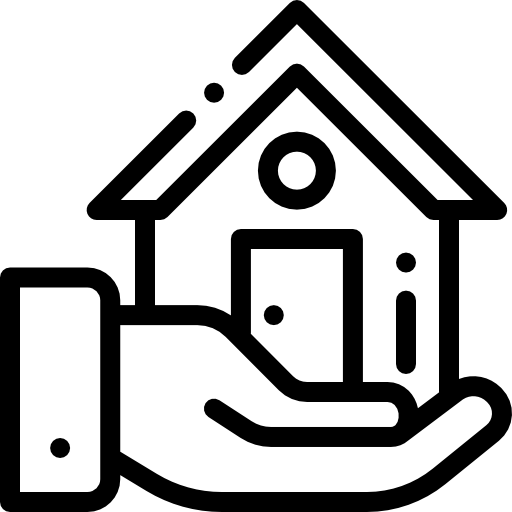Virtual reality in architecture is going to transform the face of the architectural industry. From static blueprints to 2D renderings, today, with VR architecture presentation capabilities, architects can bridge this gap and allow users to create an immersive, fully interactive experience. This is more than a novelty; it changes how clients interact with designs by making collaboration smoother, reducing errors, and greatly improving clarity. This blog post explains how these innovations are changing client experiences.
The Power of Immersion: Seeing Beyond the Blueprint
Traditional architectural presentations are made using flat drawings or physical models that often have clients struggling to conceptualize spatial relationships, lighting, or material textures.
Architecture VR presentations solve this problem by placing clients inside a lifelike 3D environment. Visualize walking through a building that hasn’t been built yet, changing the time of day to see how sunlight floods into a living room, or testing different flooring materials in real time—all through a VR headset.
For instance, firms involved in the design of luxurious villas or commercial complexes use VR to enable clients to walk through every detail, from furniture placements to structural curvatures of a building, before construction actually commences. Such levels of immersion not only clarify design intent but also build trust as clients become more invested in the creative process.
Key Benefits of VR Architecture Presentations
1. Enhanced Visualization and Reduced Miscommunication
Most clients have difficulty understanding technical drawings, which often leads to expensive revisions later on. Virtual reality in architecture lets them experience a design at a human scale and allows them to identify potential issues early. For instance, VR can let clients take in whether a hallway would feel too narrow or if sightlines in a commercial space are obstructed. This proactive feedback loop minimizes misunderstandings and ensures alignment between architects and stakeholders.
2. Real-Time Collaboration and Customization
Tools like Enscape and Twinmotion allow architects to modify designs during presentations. Clients can request changes to wall colors, lighting, or layouts and see those adjustments instantly. This interactivity transforms presentations into collaborative workshops, fostering a sense of ownership and satisfaction.
3. Cost and Time Efficiency
This helps firms avoid costly mid-construction changes that result from the later detection of design flaws. It also reduces the need to create physical models or to visit sites multiple times and cuts timelines and carbon footprints for projects. For example, prefabricated interior designs can be finalized in VR, streamlining approvals and accelerating delivery.
Tools Driving the Architecture VR Presentations Revolution
VR effectiveness is pegged on the right software and hardware. Leading platforms include:
- Twinmotion: Highly praised for its ease of use and real-time rendering, it easily integrates with BIM solutions like Revit.
- Matterport: Matterport is popular for creating 360-degree virtual tours that can be accessed remotely by clients with their smartphones or VR headsets.
- Unreal Engine: It delivers cinematic-quality visuals to enable users to create hyper-realistic walkthroughs.
Match these tools up with headsets like Oculus Rift or HTC Vive, and architects can stage presentations that resemble anything but meetings.
Best Practices for Successful VR Architecture Presentations
To make the biggest splash, an architect should:
- Prepare Clients for the Experience: Not everyone will have experience in a VR setting. Provide a quick, brief tutorial to get any first-time user acclimated with the technology.
- Interaction in View: Let the clients have the freedom to go around, open doors, and change elements themselves. Tools such as Matterport’s Tags highlight key features while embedding videos explain something important.
- Build upon Feedback: Conduct virtual reality sessions where real feedback can be aggregated. For example, if a client shows discontent with choosing any material, switch it using software like Unity Reflect in real-time.
The Future of Virtual Reality in Architecture
As AI and haptic feedback continue to evolve, VR experiences will only get more tactile and responsive. Imagine clients feeling the texture of a marble countertop or hearing acoustics adjust as they walk through a concert hall.
Moreover, AI-driven design optimization might automatically make layout adjustments based on the preferences of a client for further personalization.
Conclusion:
VR architecture presentation tools are no longer optional; they are a must-have for firms that want to stay ahead of the competition. By making abstract concepts tangible, architects can build deeper relationships with clients, speed up approvals, and deliver designs that truly resonate.
If you’re ready to embrace this transformative technology, consider partnering with Limina Studios, a Dubai-based pioneer in virtual reality in architecture. Specializing in Matterport virtual tours and custom VR solutions, they empower architects to showcase projects with unmatched realism and interactivity.
Whether you’re designing a luxury villa or a commercial complex, immersive architecture VR presentations can captivate clients and bring your visions to life.



 Virtual Tour
Virtual Tour CGI Virtual Tour
CGI Virtual Tour Photography & Video
Photography & Video Virtual Reality
Virtual Reality Virtual Commerce
Virtual Commerce Indoor Navigation
Indoor Navigation Analytics
Analytics Avatars
Avatars Ticketing System
Ticketing System Connected Workforce
Connected Workforce Facilities Management
Facilities Management Real Estate & Architecture
Real Estate & Architecture Hospitality and Travel
Hospitality and Travel Museum and Galleries
Museum and Galleries Retail and Showrooms
Retail and Showrooms Industry 4.0
Industry 4.0 Education
Education Oil & Gas
Oil & Gas Blog
Blog Case Studies
Case Studies About us
About us Partners
Partners


















